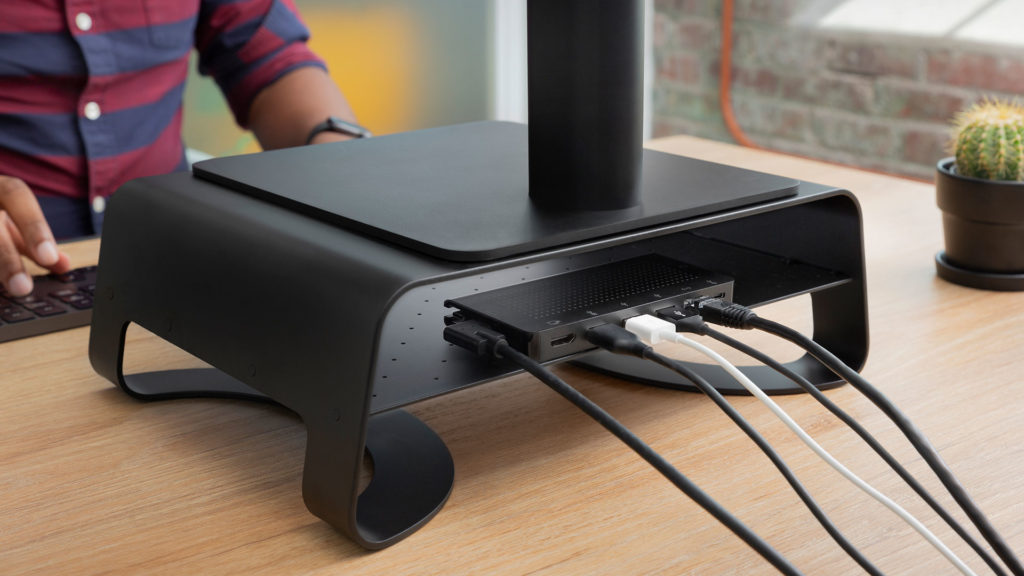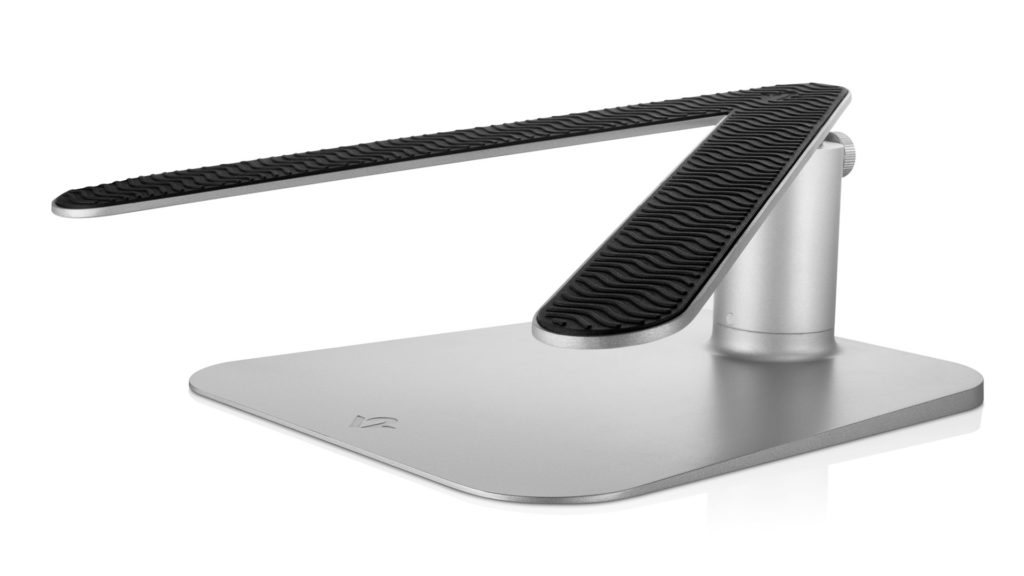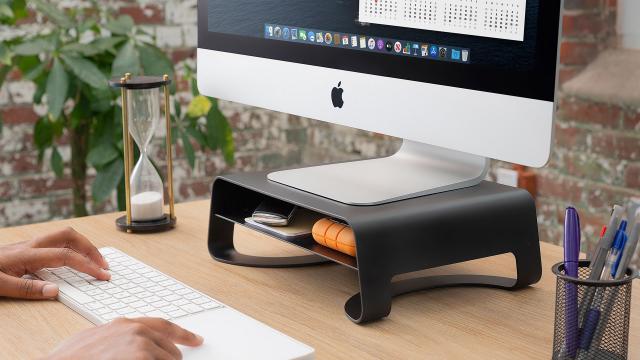When you’re working from home as so many of us are right now, having the right ergonomics can make a huge difference to the comfort of your day. Can a simple laptop or monitor stand like the Twelve South HiRise really make that much of a change to my terrible working habits?
I’ve been a journalist for a long, long time now. To put it one way, I’ve been tapping away on keyboards on a career that, if it were a U.S. citizen, would be allowed to drink alcohol in any bar, and would rapidly be getting towards minimum legal age to put itself forward for the U.S. presidency.
Over that time I’ve bashed out billions of words on all kinds of keyboards and in all kinds of situations, starting out with a desktop and whatever the terrible supplied vendor keyboard was. Over time I’ve gravitated towards better mechanical and ergonomic solutions, as well as to laptops, but that’s always presented an ergonomic challenge to me.
You’re generally going to have better posture and hand position using an external keyboard rather than the cramped arrays on most laptop keyboards, but that still leaves the question of where you place the screen.
I’ll admit that I’m far too often guilty of just dropping the laptop wherever I can and making do with a flat angle. That’s where a good stand comes in, and just recently, Twelve South sent me a monitor and laptop stand, in the form of the Twelve South Curve Riser and Twelve South HiRise For MacBook.
What is it?
The HiRise is as an angled set of arms on a height-adjustable stand, finished in a similar metallic colour to most MacBooks, although naturally you’re not limited just to Apple gear on it.
The Curve Riser is a simpler shelf with rounded sides and its own internal support shelf, designed to support the weight of a monitor or a full all-in-one computer.
The box hints towards iMac usage, but anything that can stand on a unit that measures 25.5×25.4cm can be supported – which means if you don’t like the angular approach of the HiRise, you can drop a laptop on it instead.
What’s Good?

There’s a nice sense of style to both products, and while in 2020 with so many of us working out of home offices that might not seem so vital, as the working world changes it’s nice to have a well laid out desk even if it is at home.
Depending on your work situation of course, that stand could also become part of what you present to the world if you’re going to be working from home over a longer period of time.
The HiRise gets its name because it uses an adjustable spring mounted stand that you can pretty easily adjust to the preferred height of your laptop, and the underside gap can easily accommodate an external keyboard.
The style is more closely going to match one of Apple’s in-house keyboards – personally, I’m not a fan – but as long as your keyboard’s top height isn’t incredibly excessive, it’ll slot under there pretty easily anyway.
The Curve Riser’s secondary shelf at first felt to me like an afterthought until I worked out that it’s an excellent solution to one of the biggest problems that I’ve had with iMacs since… well, since forever, really.
Apple’s iMac lines are beautifully designed visually, but by throwing all the good ports around the back, if you do need to add or swap cables or peripherals, it’s always painful. Add one USB dock to an iMac, loop it through that bottom tray, and you’re set to easily add anything you need without creating a whole lot of clutter or having to swear as you “guesstimate” where the bloody ports are!
Obviously the other key advantage is that it raises the profile of the device or monitor that’s placed upon it, and that’s got some solid ergonomic benefits in the longer term. It’s early days in the testing front for that, but in an exceptionally busy week – thanks, iPhone 12 launch – I’ve come away from my desk at the end of the day with slightly less neck pain so far.
Less pain is good, right?
What’s Bad

That lower shelf on the Curve Riser may need some adjusting if your model is like mine. To be specific, I was rather surprised when unpacking it to find half of it popping out of the main curved body, which it’s not really meant to do. It’s held in place with some specific metal lugs and adhesive, but one side of mine was not all that perfectly assembled.
Pushing it back into place did fix the problem, but it shouldn’t have been that way in the first place.
Likewise — and this is to some extent a question of how tired I’ve been since unpacking the HiRise — don’t forget to take the plastic that shows you how the rise part of the HiRise works off the actual stand arms. They’re quite slippery, and without removing them, there’s basically no grip and your MacBook will make a quick journey south that you just don’t want.
Twelve South’s core constituency is Apple users, and while they’re beautifully designed, there’s just no way that I could call them inexpensive. The Twelve South HiRise For MacBook retails at $129.95, while the Twelve South Curve Riser is $139.95. That’s arguably cheaper than some physio bills I’ve probably already got lined up in my future, but it’s still not actually cheap.

Leave a Reply
You must be logged in to post a comment.